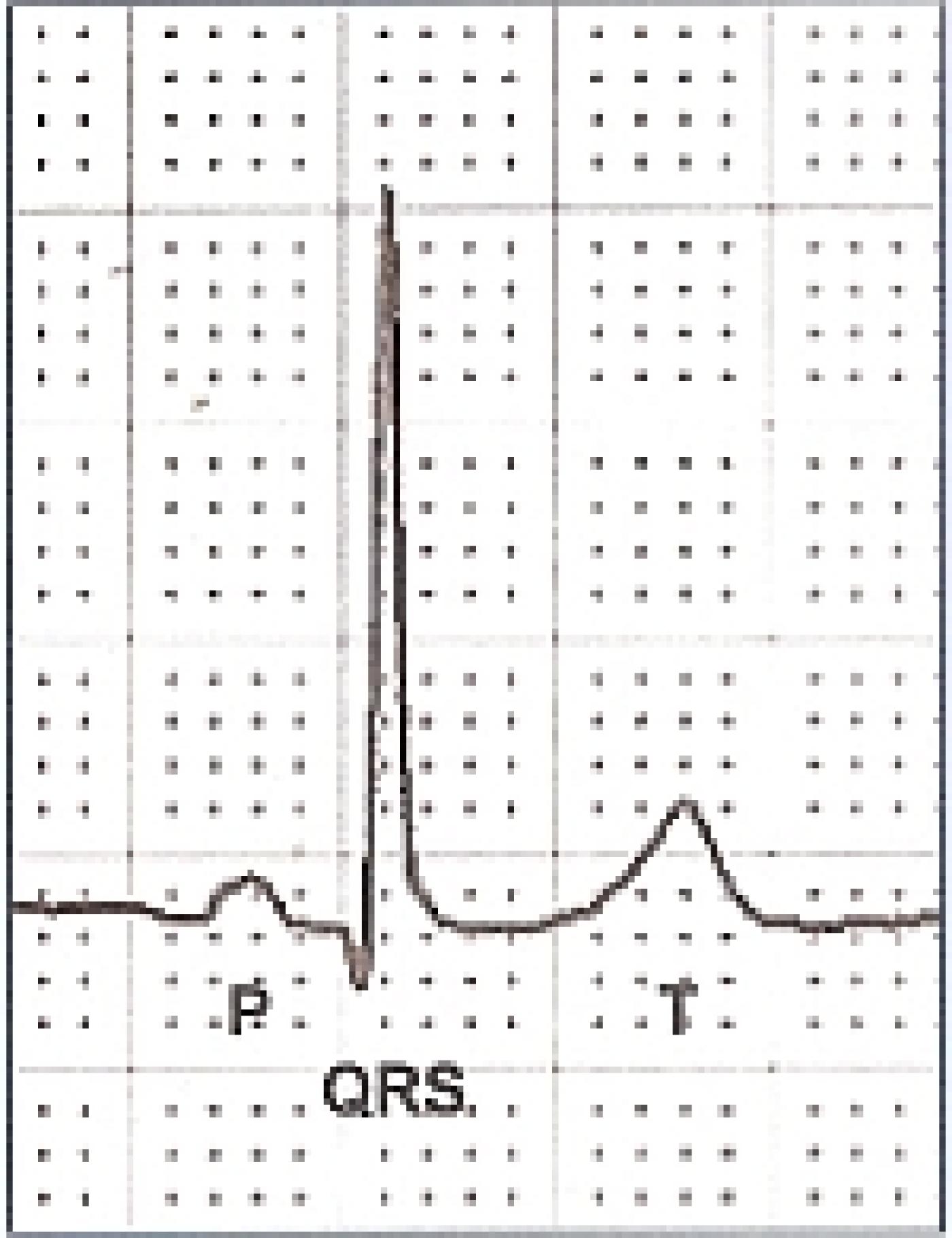Do you teach basic ECG to beginners?
Do you sometimes find that your students come from widely different backgrounds, with completely different learning needs? I ran into this problem a few years ago when teaching a class called "Basic ECG For Non-Nurses" at a local college. This course was traditionally a thirty-hour series of classes lasting over several weeks. The intention was to prepare monitor techs and to give student EMTs and nurses a more in-depth exposure to rate and rhythm monitoring than they were getting in their regular course work.
Two Groups of Students in One Classroom
Typically, I found my classes polarized into two spectacularly distinct groups: 1) nursing assistants who had observed monitor techs on their floors sitting and relaxing while the CNAs broke their backs and 2) student nurses, paramedics, physical therapists, and respiratory therapists. These groups would even segregate themselves on the very first day by sitting with similar students - often on opposite sides of the room!
In my area of the U.S., many of the CNAs who attended these classes spoke English as a second language. They had bedside experience, but no formal training in anatomy and physiology. Many of them were in older middle age, and had not been in school for many years. In the other group, I often found the "cream of the crop" from the nursing and paramedic programs - young, ambitious students who were anxious to move ahead in their professions and ahead of their classmates.
Clearly, these two distinct groups of people would require distinctly different teaching styles and classroom activities. At first, I followed the college's existing class outline, and tried to be really clear and understandable, especially during the first class, which covered cardiac anatomy and physiology. During ECG strips practice, I found that I spent all my time working with the CNAs one-on-one, while the other group finished ahead of time, and sat there bored, or talking with each other.
End of Class Woes
Most distressing was the end of the class. Frequently, the less-prepared group failed the final exam. This was especially noticeable in those with limited English ability. The other group typically did very well. The students who failed sometimes cried and tried to talk me into giving them certificates, since they had spent so much money and time to take the class, expecting to move into a better job on completion. I had to explain that, if they could not pass the final exam - a simple strips quiz - they would never be able to pass the exam the hospital would give them when they applied for the monitor tech job. I often felt as distressed as they did!
A Solution That Worked For Me
After trying numerous techniques, which mostly amounted to teaching two classes in one room simultaneously (NOT recommended for teacher mental health reasons), I finally found a solution to the problem.
With the blessings of my boss, I designed a new class called, "Introduction to Cardiac Structure and Function". It was a basic introduction to the heart, with emphasis on blood flow, conduction system, and properties of the cells of the heart. This class became a prerequisite for the "Basic ECG For Non Nurses" course. The students who took Introduction to Cardiac Structure And Function did not always pass. But, at least it saved them the time and money they would have spent in the ECG class. The ICSF class was only four to six hours, and much cheaper for the student. Prospective students who had completed a college level Anatomy and Physiology class, or who were licensed in a health care profession that included A&P as an entry level course, were considered to have met the prerequisite.
The pass rate for the ICSF class was low - between 30% and 40%. But the pass rate for Basic ECG went up from approximately 50% to well over 80%. One Basic ECG class had a 100% pass rate.
Share Your Suggestions
In "Instructor Resources", you will find the course outline for the "Introduction to Cardiac Structure and Function" class.
Please comment below, and let us know what strategies you have used to solve this problem or similar problems in your classrooms.
-

- Dawn's blog
- Log in or register to post comments
All our content is FREE & COPYRIGHT FREE for non-commercial use
Please be courteous and leave any watermark or author attribution on content you reproduce.


